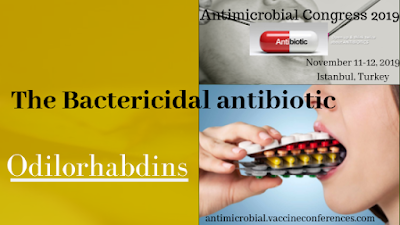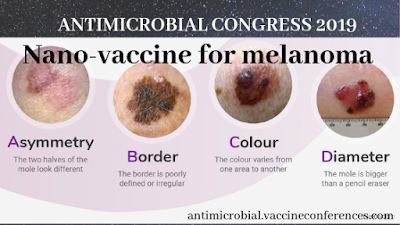Stealth virus for cancer therapy

Viral Oncology : Stealth virus for cancer therapy Scientists have redesigned an adenovirus for use in cancer therapy. They have developed a new protein shield that hides the virus and protects it from being eliminated. Adapters on the surface of the virus enable the reconstructed virus to specifically infect tumour cells. Viruses have their own genetic material which can infect human cells in a very specific manner. They will then reproduce as directed by their own genes but using the resources of the host cell. These properties proofs that they can fight with hereditary diseases or cancer. There are uncountable different viruses, but the human adenovirus 5, which normally causes the symptoms of a typical cold, has substantial advantages. Without any of the viral genes left, the virus cannot replicate and trigger diseases . In addition, the genome of the adenovirus is very large and does not assimilate into human chromosom...



